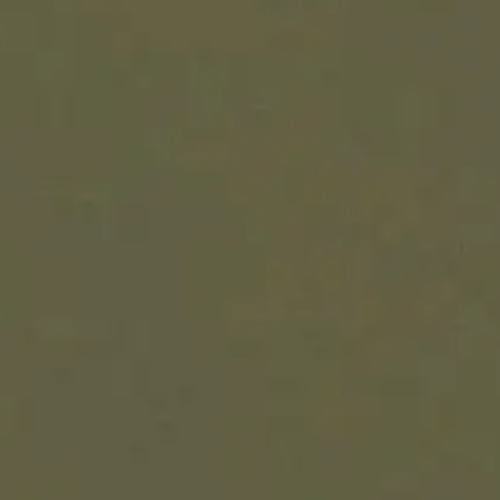70s Color Palettes That Work for 2025 — 4 Designer-Approved Color 'Recipes' That Feel Modern Enough for Homes Today
It's time to bring out your paisley print and disco shoes — the golden yellows, olive greens, and deep purples of 70s color palettes are making a comeback
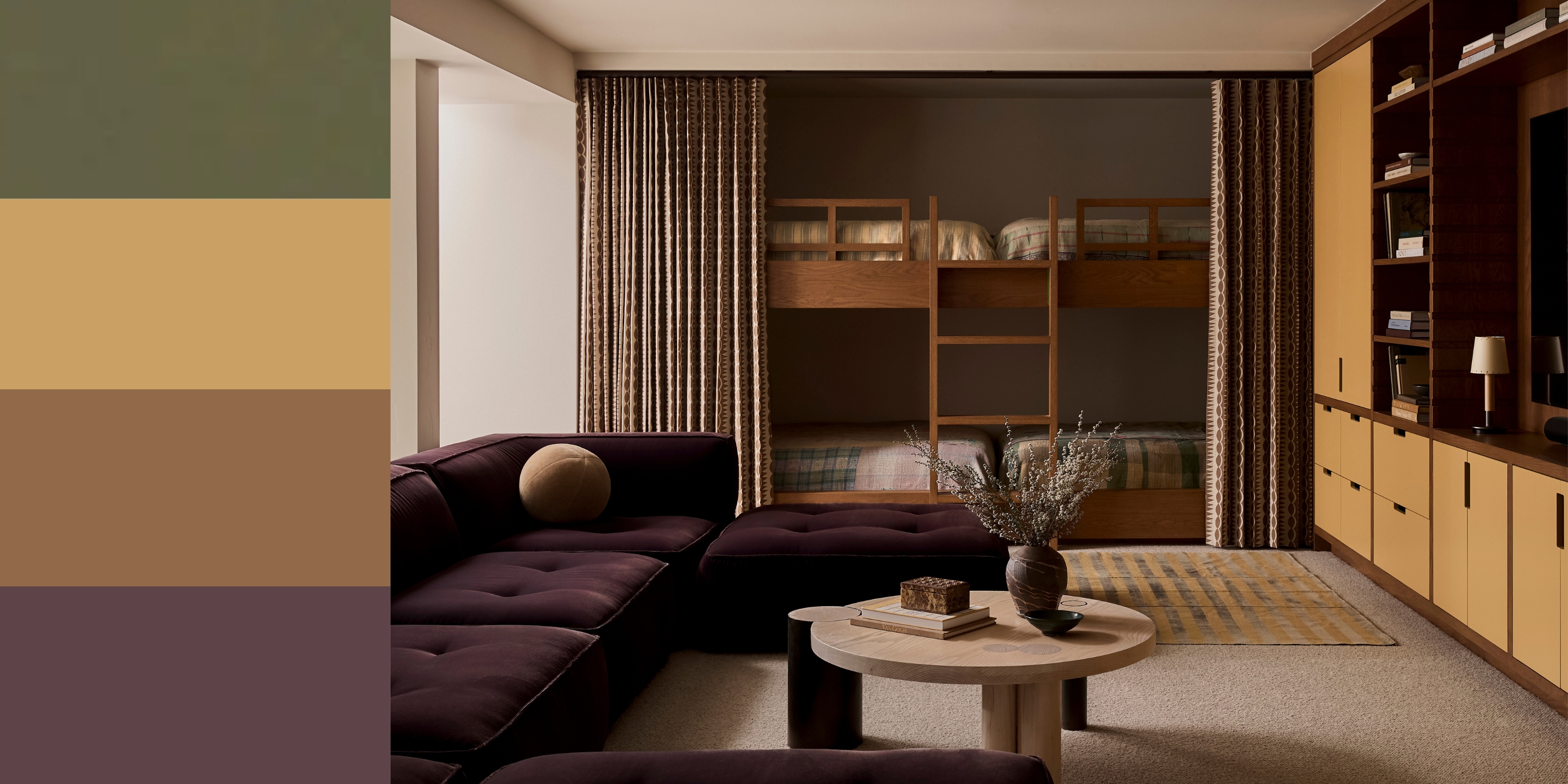
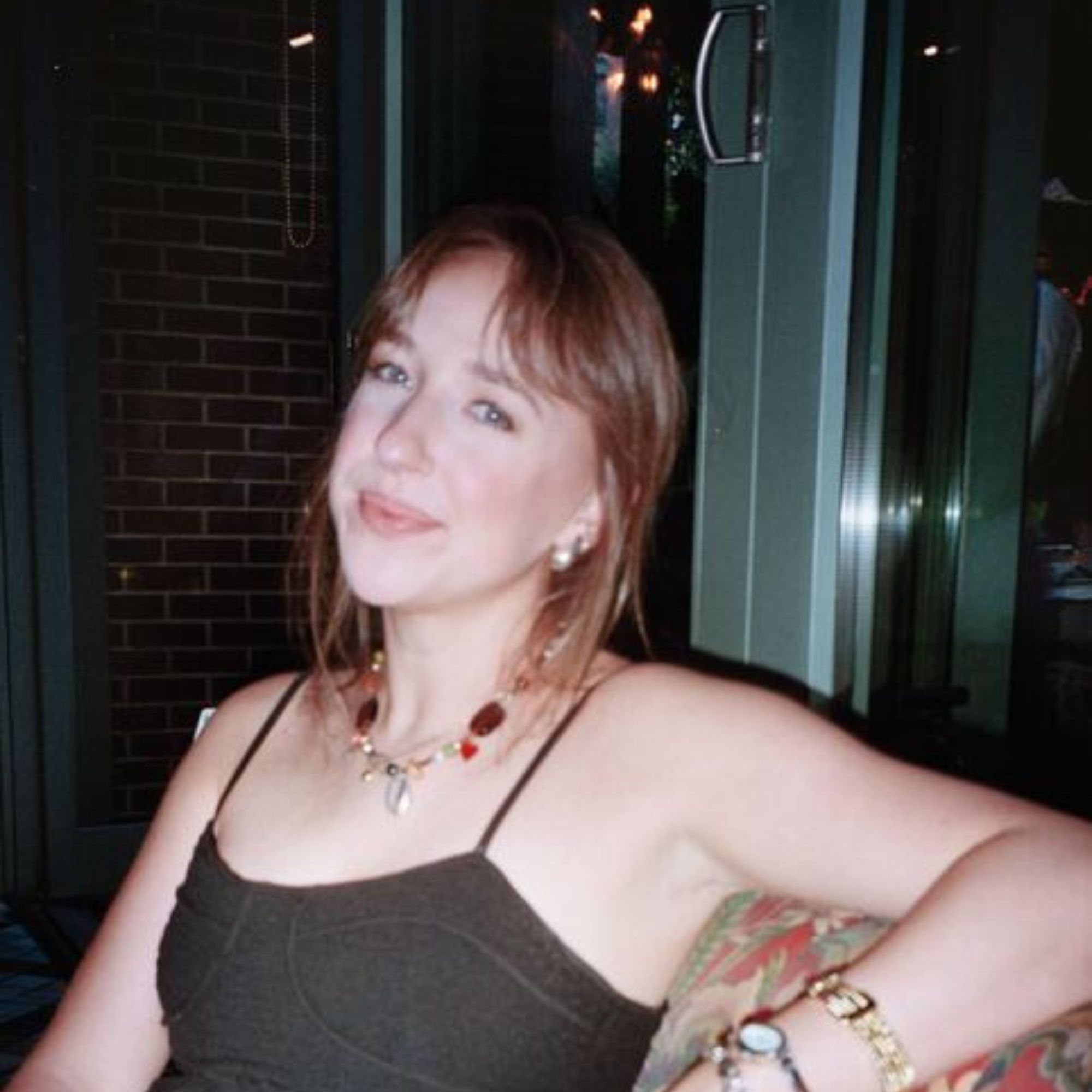
Nostalgia is a popular buzzword in the interior design world. Whether it's a shade of faded yellow paint that reminds you of your mom's kitchen cabinets or a retro green sofa that takes you back to a holiday house, these kinds of nostalgic designs are the pillars of a cozy and personalized home. However, this wistful theme doesn't have to be limited to the memories of your own life, it extends to past interiors in general — nostalgia-inspired designs have an undeniable retro edge. Color evokes emotion and memories, and none so much as the shades of a 70s color palette.
But before you can claim a 70s comeback for your space, there are a few different ways you can ponder. So, what is a 70s color palette? The first step is to close your eyes and call to mind the colors of the disco decade. Livingetc's color expert, Amy Moorea Wong, says, "When you think of the visual vibes of the 70s, olive-y, avocado greens, rusty oranges, gold-ish yellows, and chocolate browns swirl around the mind in distinctly far-out curves and waves. Add in splashes of magenta and a deep purple if you’re feeling Saturday night fever, and the odd electric blue and acid lime for a hard hit of psychedelia." The palettes are colorful, but they're defined and distinct.
To better understand this color trend, I talked to interior designers and color experts about the different definitions of a 70s color palette and how to use them in the home. Are you feeling more in tune with the grounding greens or the deep, disco purples? Whatever allure of the 70s speaks to you, there is probably a color palette to match.
1. Grounding Green Earth Tones
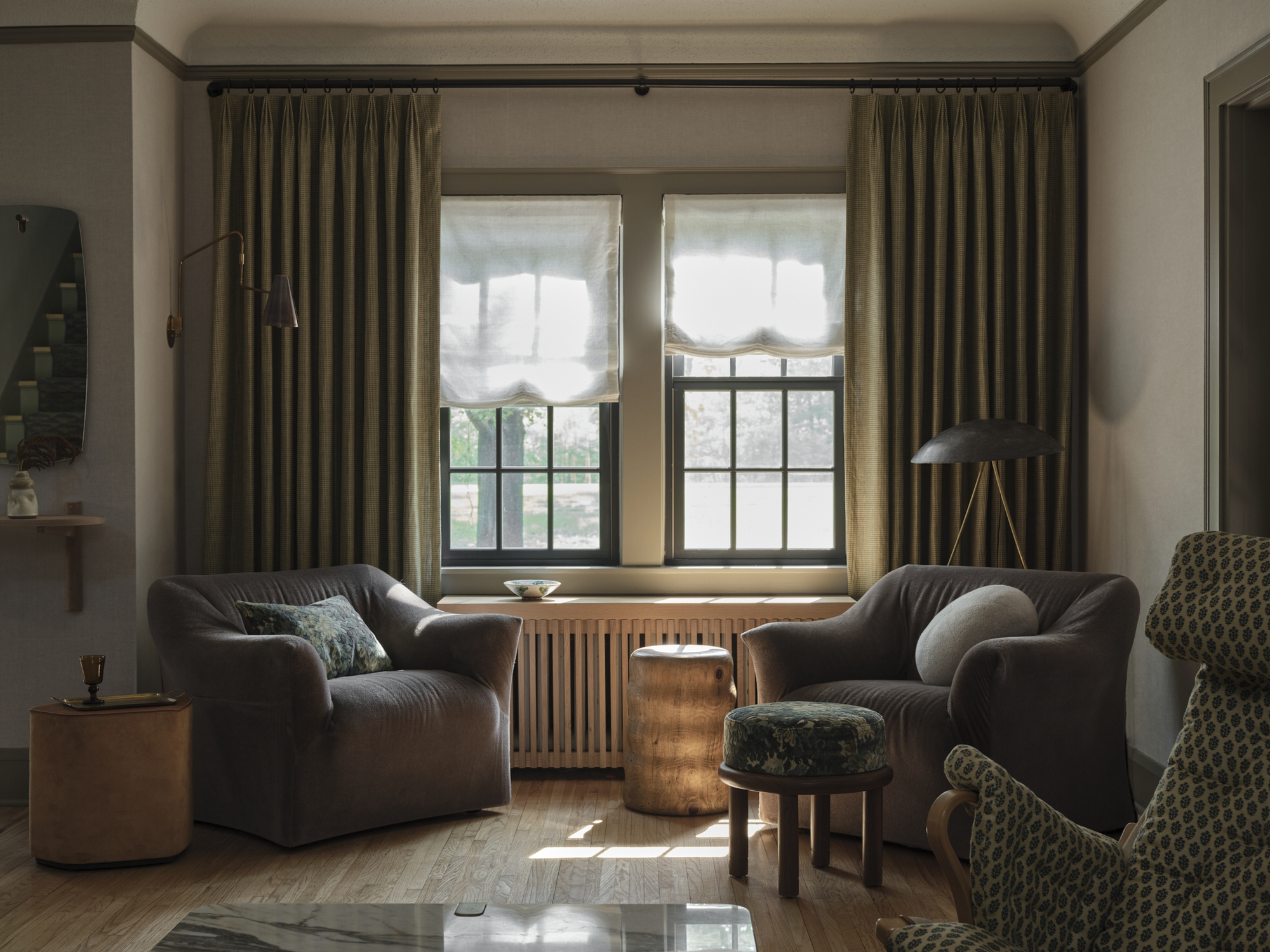
The range of soft and olive greens in this room are brought to life by the subtle oranges in the wood accent pieces.
You can't talk about 70s color palettes without talking about the soothing Earth tones at the core of the design movement. Julia Miller, interior designer and creative director at Minneapolis-based Yond Interiors, says, "The hallmark of the 70's are ultra-earthy tones like goldens, browns, avocado and moss greens, and burnt oranges." The 70s palette is a connection to nature and a departure from the ultra-bright colors seen in the 1960s Space Age interiors.
Amy Moorea Wong says, "The earthy, organic tones are the most archetypal, and what we tend to reach for when 70s revivals come around." It feels warm, inviting, and outdoorsy, as well as nostalgic and playfully retro. Focusing on the green and brown hues is the perfect way to call to the colors of the past while still maintaining a timeless look.
Green goes with just about anything, and the colors that go with green are rather limitless as well. I like to think of dark greens as almost neutral colors. To use these shades in a 70s-inspired way, Amy says, "Lean into the nature-inspired coziness with olives and avocado greens either as your base wall color or in textile accents like curtains or rugs." Then, a wooden side table or accent chair will subtly bring that beloved brown and orange into your palette.
Julia Miller is an interior designer and the creative director at Minneapolis-based interior design studio, Yond Interiors. Yond Interiors offers residential design services across the United States. They work closely with color and blend retro and contemporary styles in their work.
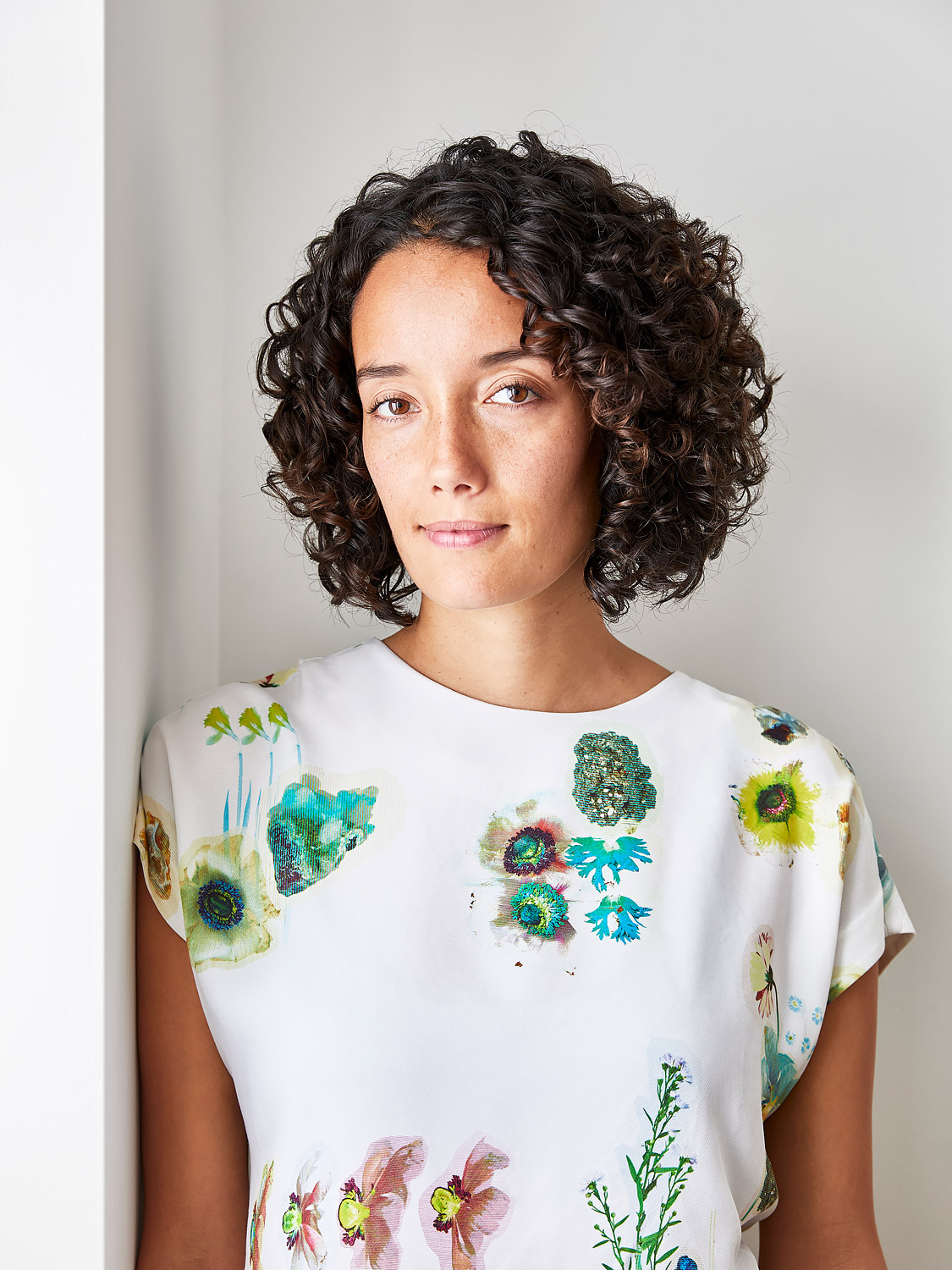
Amy Moorea Wong is Livingetc's color expert as well as an expert on color in interior design. Amy is a color authority and contemporary interior design writer who has specialized in all things decorating for over a decade. Her book Kaleidoscope: Modern Homes in Every Colour explores a collection of cool, colorful homes fizzing with creativity, surprises, and inspiration.
2. Deeply Saturated, Warm Shades
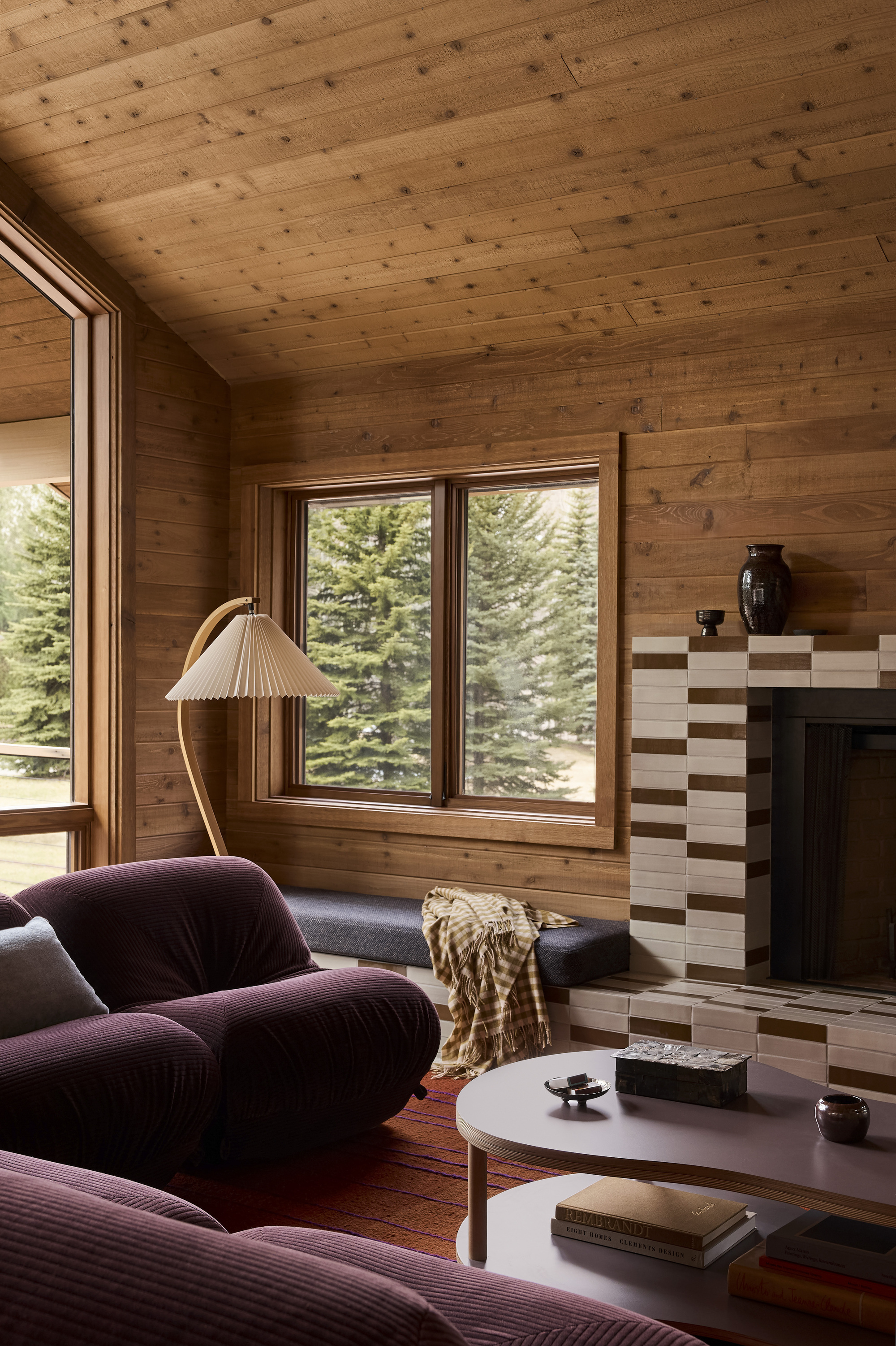
This groovy living room has gone all-out 70s with deep purples and reds, next to warm woods and soft browns.
Dark color schemes bring so much drama to a space; incorporating a deep pop of purple or rich chocolate brown is quickly becoming my favorite interior design trend. To make this look feel 70s, it's all about bringing a touch of warmth. Plum purples, brick reds, and orangey-browns will be the defining shades of this style palette.
As for styling with a contemporary take, Amy says, "Keep the walls and floor neutral and have some fun with everything else; [for] large pieces of furniture go purple, a rich magenta or a more modern navy (you can push this to the walls if you’re really feeling it)." Once you have your base pieces down, cushions and accessories can go various brighter shades of hotter pinks and purples. Amy says, "add subtle flashes of vivid blue/green/yellow, and sleek silver lighting and metal accents for a bit of jazz."
Remember, you can always tone this up or down at your leisure. Just "don’t forget to include lots of mid-toned wood to tie it all together," says Amy. As wood is so warm and welcoming, it works really well in soft, comforting spaces, "such as living rooms and bedrooms, as well as the kitchen — think colorful cabinetry, and making the most of the timber element in shelving, countertops, or tables."
3. Bright Blues Paired With Cozy Oranges

Orange and blue is a classic color combo, but the burnt orange and teal iteration is what calls to the 70s.
"For a youthful, don’t-wait-up-mom feel, we’re going bright and electric," says Amy. Think bright blues and dark teals, next to bold oranges and sunshine yellows.
The best thing about 70s color palettes is that they are very complimentary towards each other — "all of the colors can be mixed and matched which makes it an easy decade to work within," says Julia. Orange and warm yellows are an undeniable staple and can surprisingly work as a solid base color when you lean into their more neutral tones. For instance, dark teals and bright but soft blues make a harmonious pairing in an orange and brown-forward palette, as they are complimentary colors on the color wheel in interior design.
Or you can play up the vibrant, cosmic color palette side and go for combos that will be even more visually striking. Amy says, "The more disco-y palette is vibrant and glam; hot pinks, vivid blues, and even playful prints or flashes of silver that speak of donning your best platforms and hot pants hitting the town."
4. Classic Avocado Green and Harvest Gold
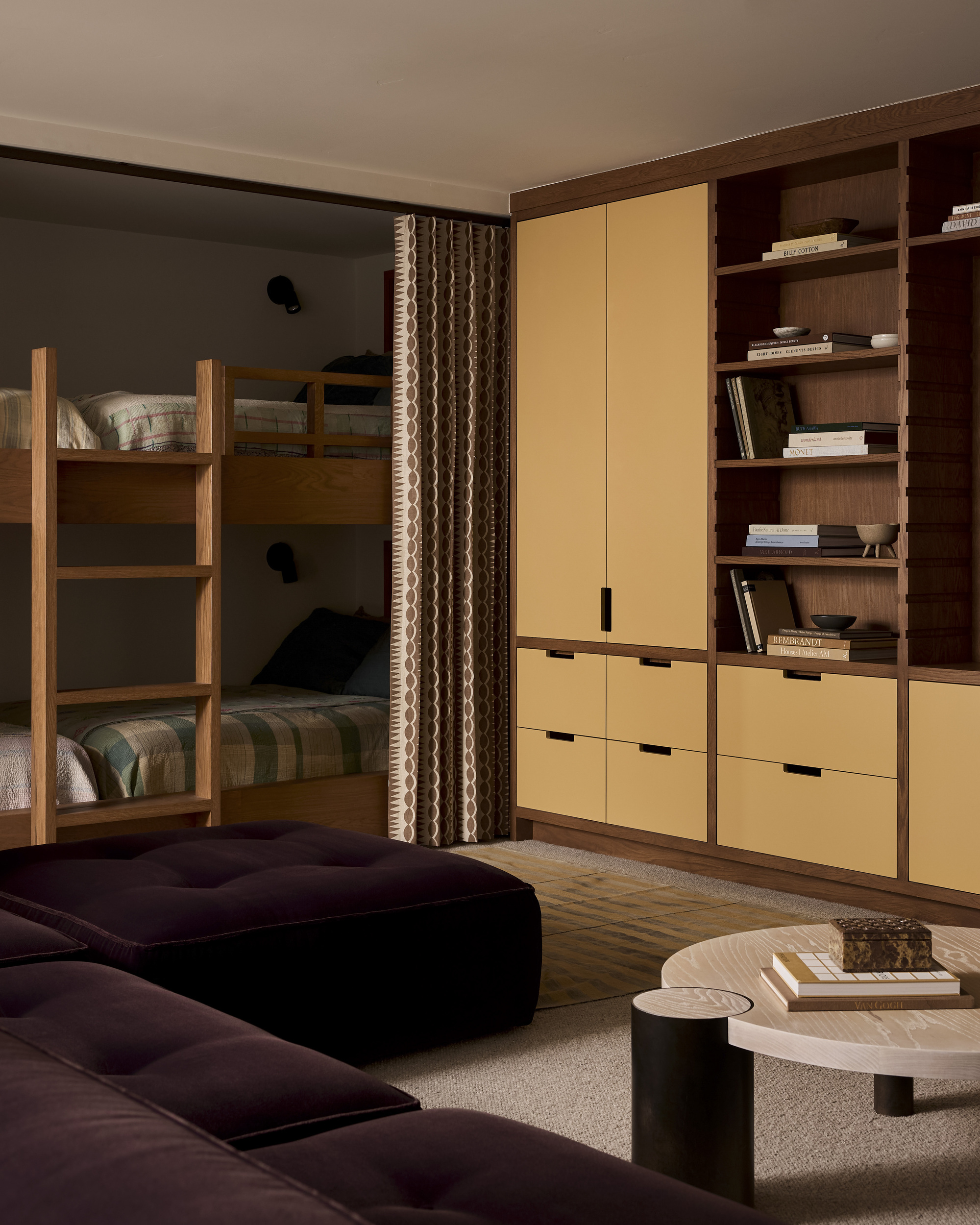
This cozy bunk room has 70s written all over it. The soft yellow on the wood, the deep purple sofa, and of course the varying shades of avocado and olive green in the bedding.
I had to save the classics for last, of course. When truly embracing a 70s color palette, you can't go without the famous combination of avocado or olive green and golden yellow. "Harvest golds and avocado greens are synonymous with the 70s, as is a chocolate brown and burnt orange pairing," says Julia.
To make it simple, start with wooden furniture or a natural wood base. For wall color, green will be a timeless choice that will live with you throughout the seasons; or you can decorate with earth tones through large furniture items or with a rug. Basically, you can never go wrong with a green base.
"Then bring in mustard and that dappled muted orange as secondary colors — on upholstery or curtains," says Amy. She adds that "more vivid colors such as purple, pink and brighter greens/yellows can play supporting roles on smaller pieces of furniture, artwork, or objects."
Where do these 70s color palettes work best? "Well, in the secret nightclub room, obviously," jokes Amy. But the truth is that the sultry and saturated yet grounding and comforting colors of the disco decade work beautifully all around the home.
Let these vintage-inspired paint colors further fuel your nostalgic journey.
Be The First To Know
The Livingetc newsletters are your inside source for what’s shaping interiors now - and what’s next. Discover trend forecasts, smart style ideas, and curated shopping inspiration that brings design to life. Subscribe today and stay ahead of the curve.

Olivia Wolfe is a Design Writer at Livingetc. She recently graduated from University of the Arts London, London College of Communication with a Masters Degree in Arts and Lifestyle Journalism. In her previous experience, she has worked with multiple multimedia publications in both London and the United States covering a range of culture-related topics, with an expertise in art and design. At the weekends she can be found working on her oil paintings, reading, or antique shopping at one of London's many vintage markets.
-
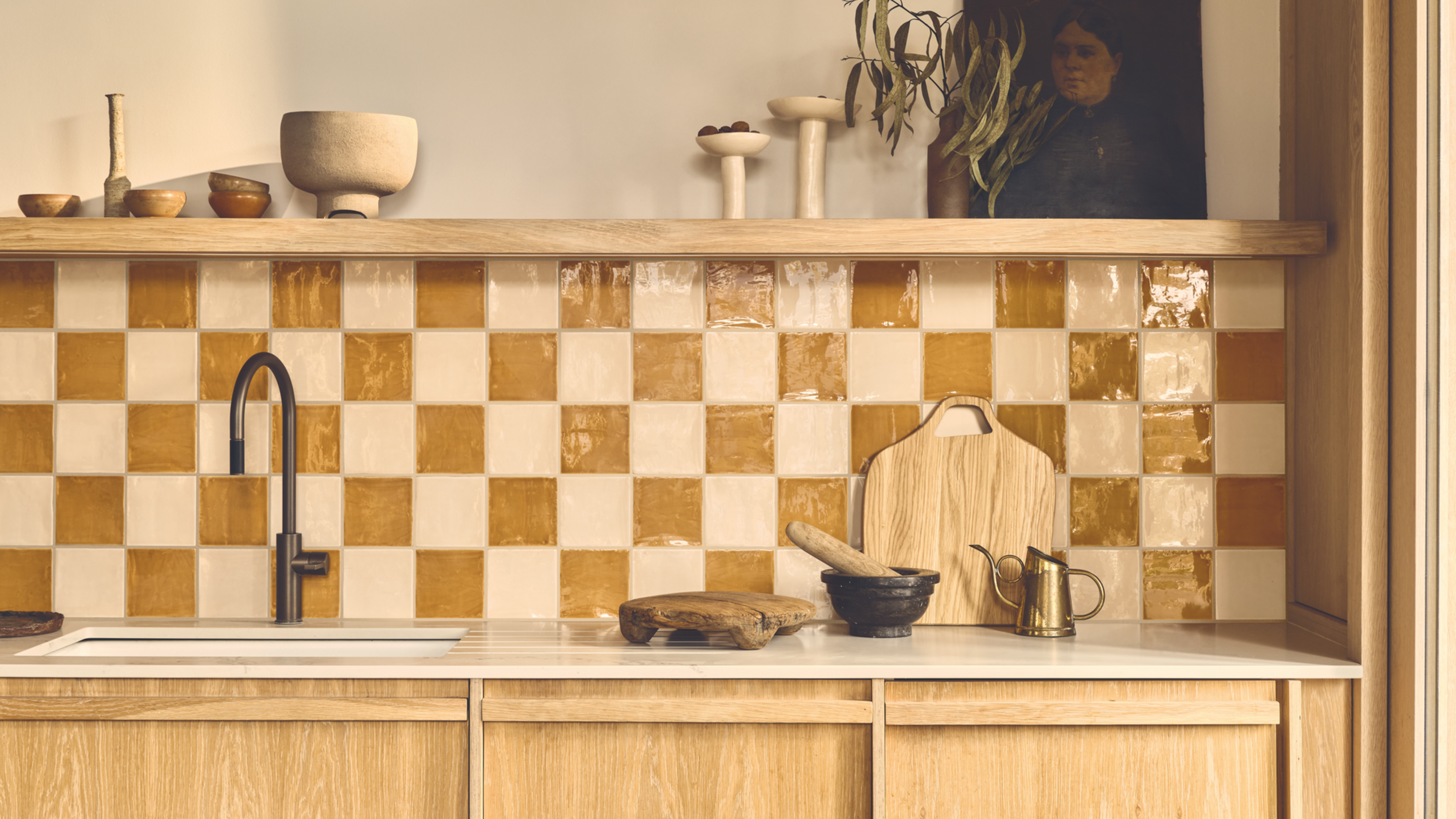 6 Mistakes That Are Making Your Kitchen Tiles Look Cheap and Not Elevated — And What You Can Do Instead
6 Mistakes That Are Making Your Kitchen Tiles Look Cheap and Not Elevated — And What You Can Do InsteadFrom size and grout to color and configuration, here's where you're going wrong with your kitchen tiling
By Lilith Hudson
-
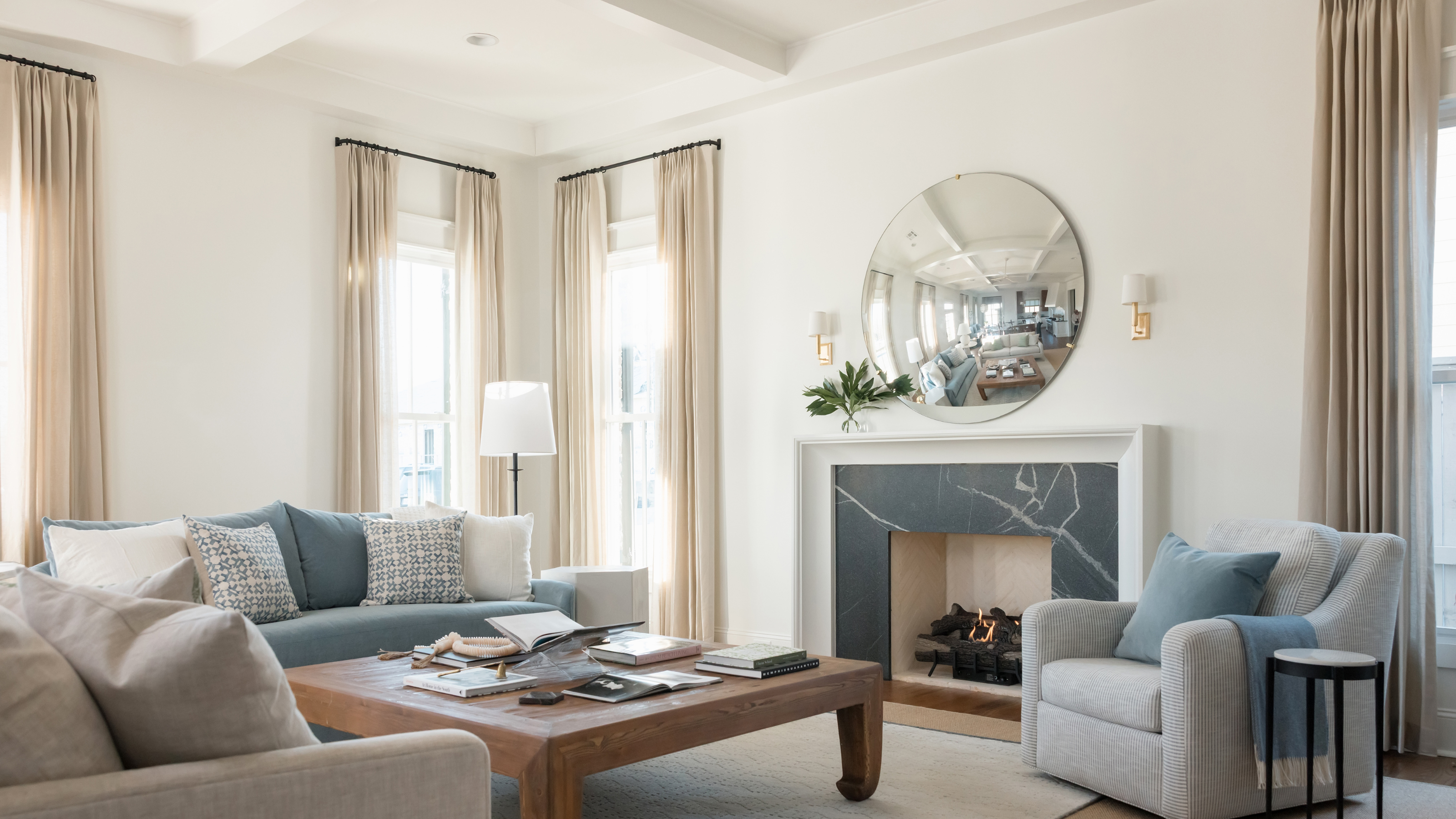 Should a Living Room Be Painted Dark or Light? We Asked Design Experts to Settle The Age-Old Debate
Should a Living Room Be Painted Dark or Light? We Asked Design Experts to Settle The Age-Old DebateThe color of your living room can completely shift the mood of your entire home, so the question remains: should you go light or dark...?
By Devin Toolen
-
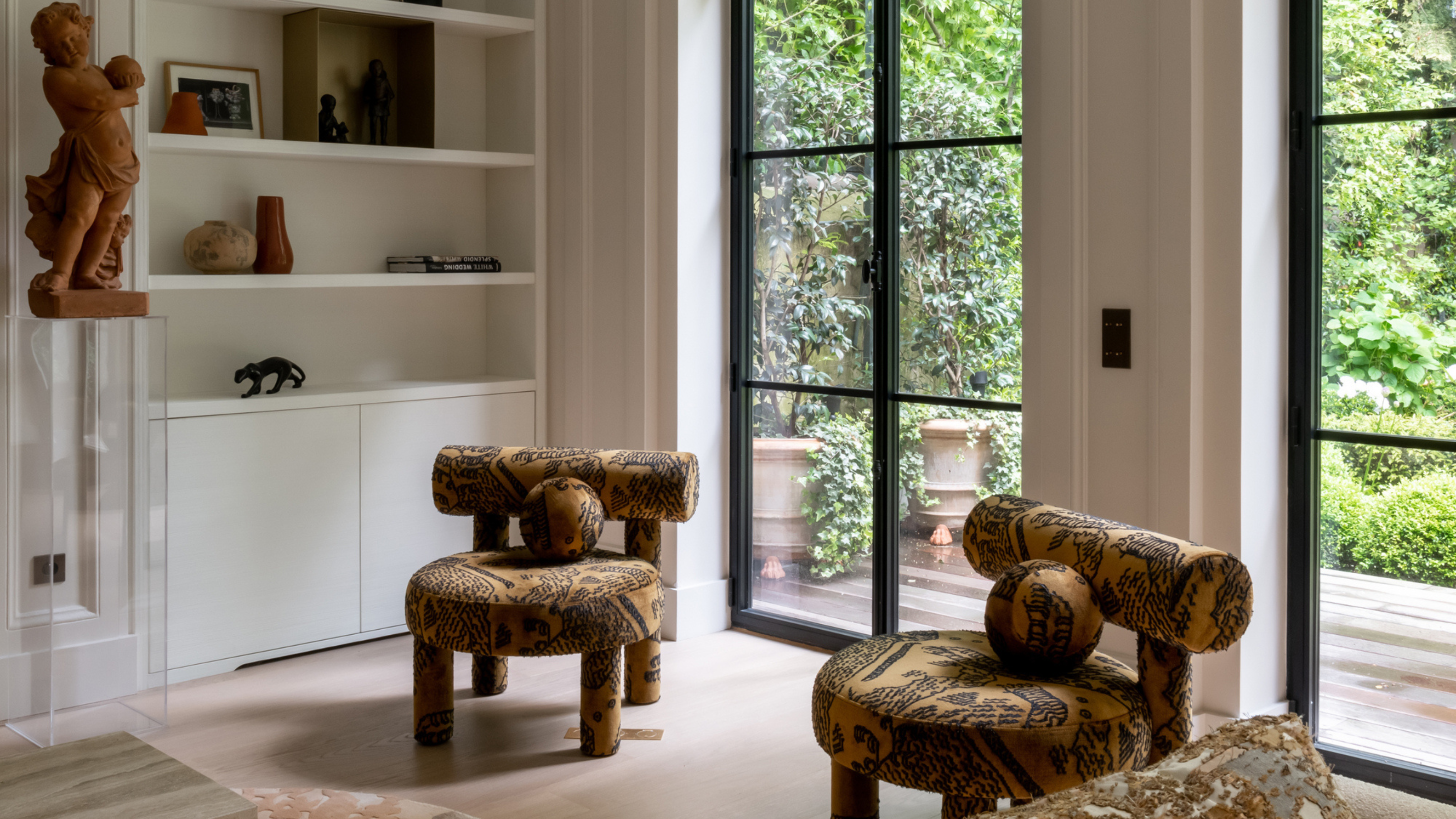 I Spy With My Design Eye: This Specific Fabric Print Is Literally Everywhere Right Now — We've IDed It for You
I Spy With My Design Eye: This Specific Fabric Print Is Literally Everywhere Right Now — We've IDed It for YouIt's whimsical, artistic, and full of character. We've called it already: Dedar's 'Tiger Mountain' is the fabric that will define 2025
By Devin Toolen
-
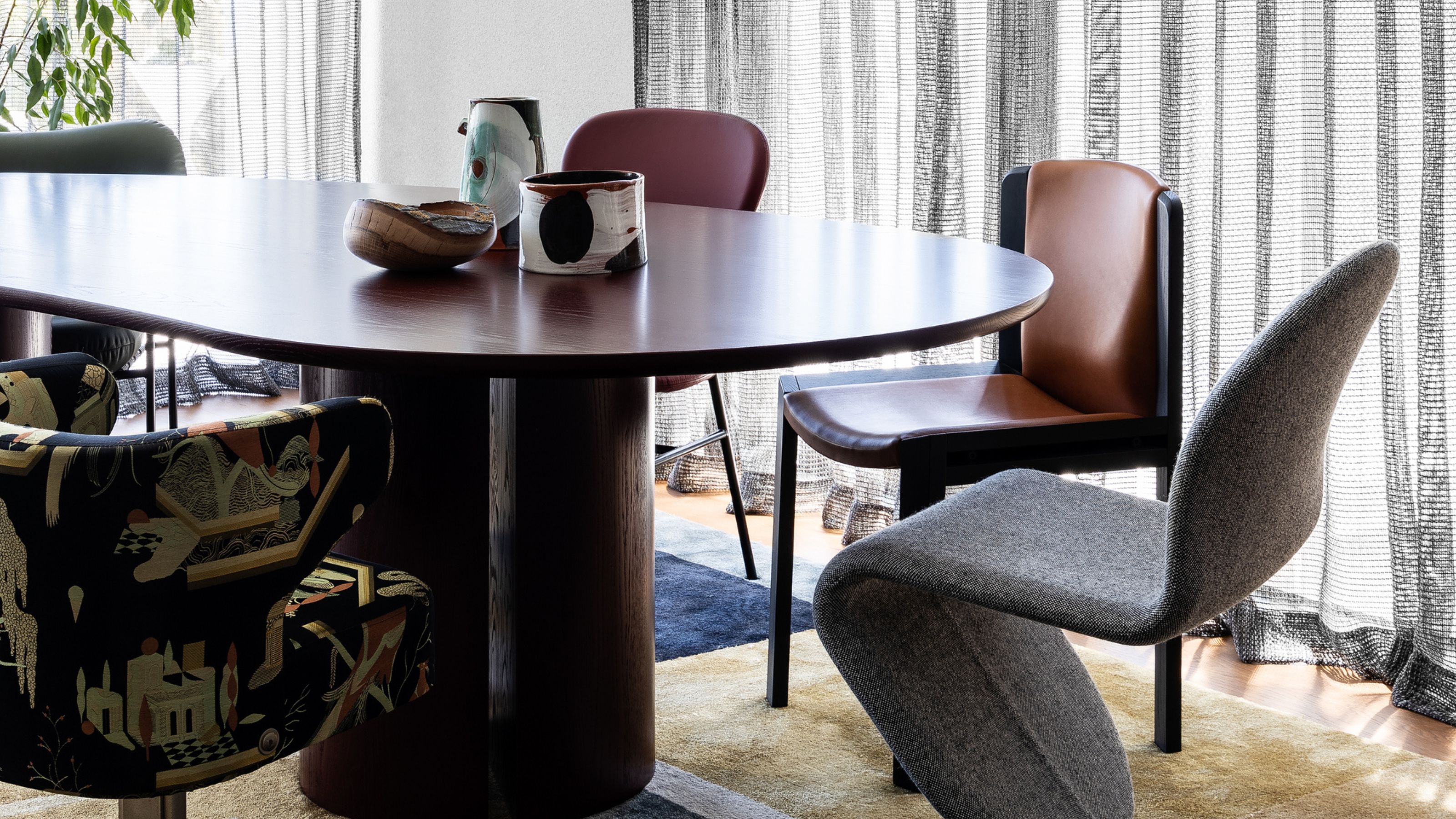 Having Mismatched Dining Chairs Is the New Telltale Sign of Serious Style — Here's How to Make It Look Intentional
Having Mismatched Dining Chairs Is the New Telltale Sign of Serious Style — Here's How to Make It Look IntentionalOnce considered a sign of a lack of care, a dining room table with different chairs now screams ultimate curation... if you can do it right, that is
By Olivia Wolfe
-
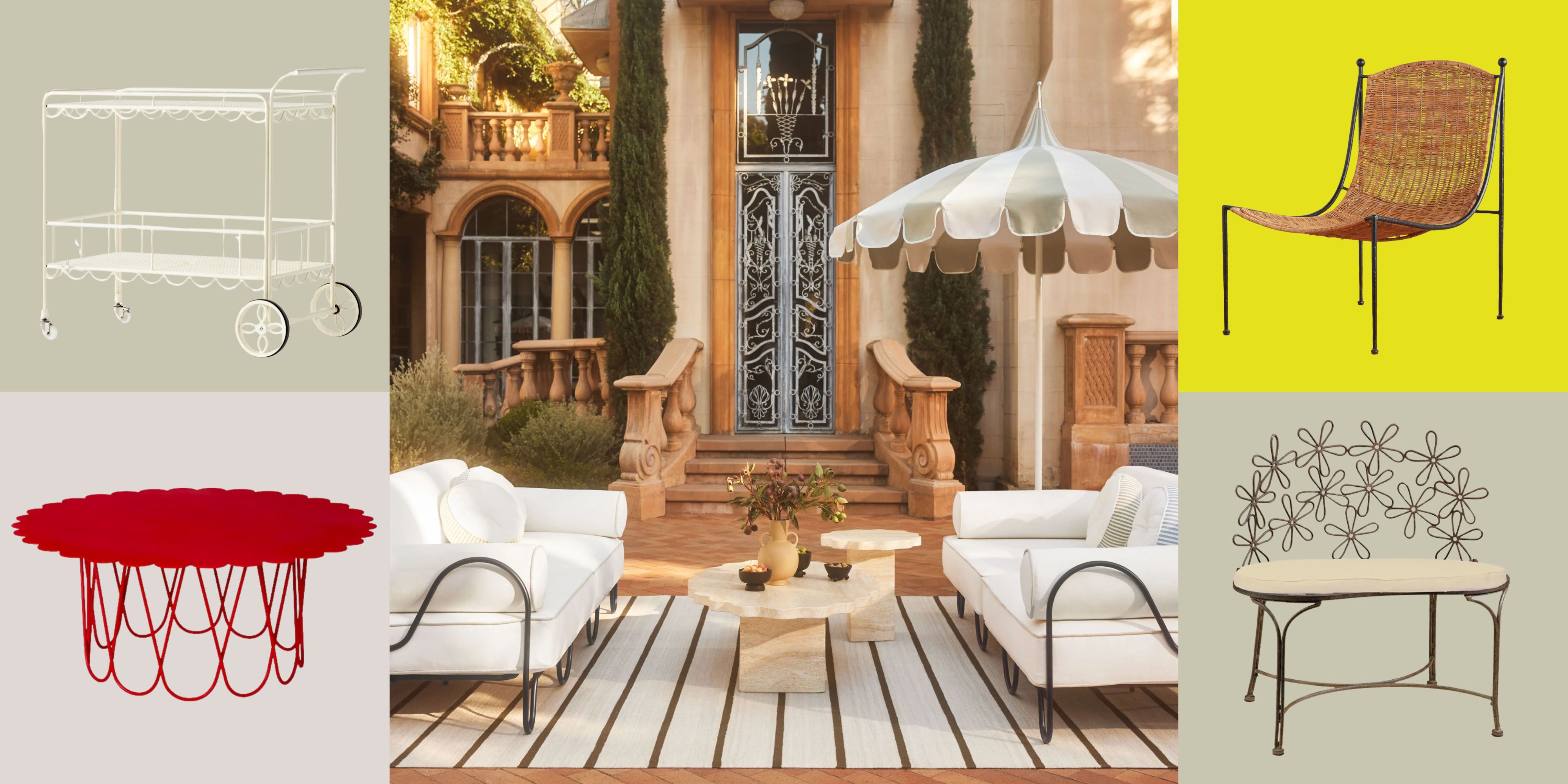 There’s a New Shape in the Garden — Why Whimsical Curves Might Be the Outdoor Furniture Silhouette of the Summer
There’s a New Shape in the Garden — Why Whimsical Curves Might Be the Outdoor Furniture Silhouette of the SummerPowder-coated petals, wavy lines, and a hint of surrealism — this microtrend is blooming, and we’re paying attention
By Julia Demer
-
 10 Yellow Bathroom Ideas That Vitalize Your Mornings and Look Unexpectedly Sophisticated While Doing So
10 Yellow Bathroom Ideas That Vitalize Your Mornings and Look Unexpectedly Sophisticated While Doing SoYellow is a color that by its very nature is energetic and full of life, and these designers have proved it's ideal for a bathroom
By Oonagh Turner
-
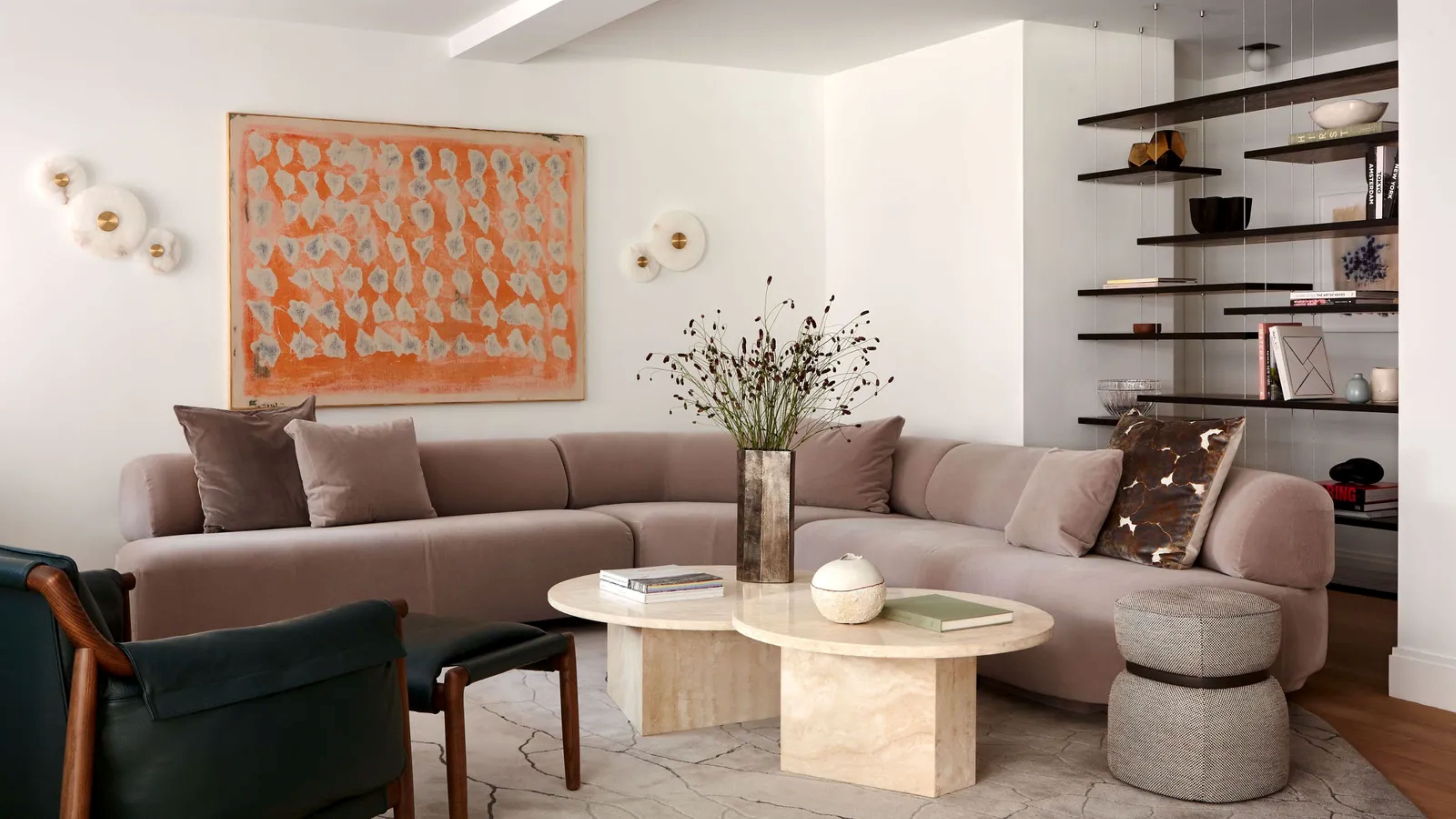 I Asked Interior Designers to Share the Worst Decorating Trends They've Seen on Social Media
I Asked Interior Designers to Share the Worst Decorating Trends They've Seen on Social MediaJust because something is trending, doesn't mean it's tasteful — from dupe-culture to OTT lighting, here's what designers hate seeing in homes
By Devin Toolen
-
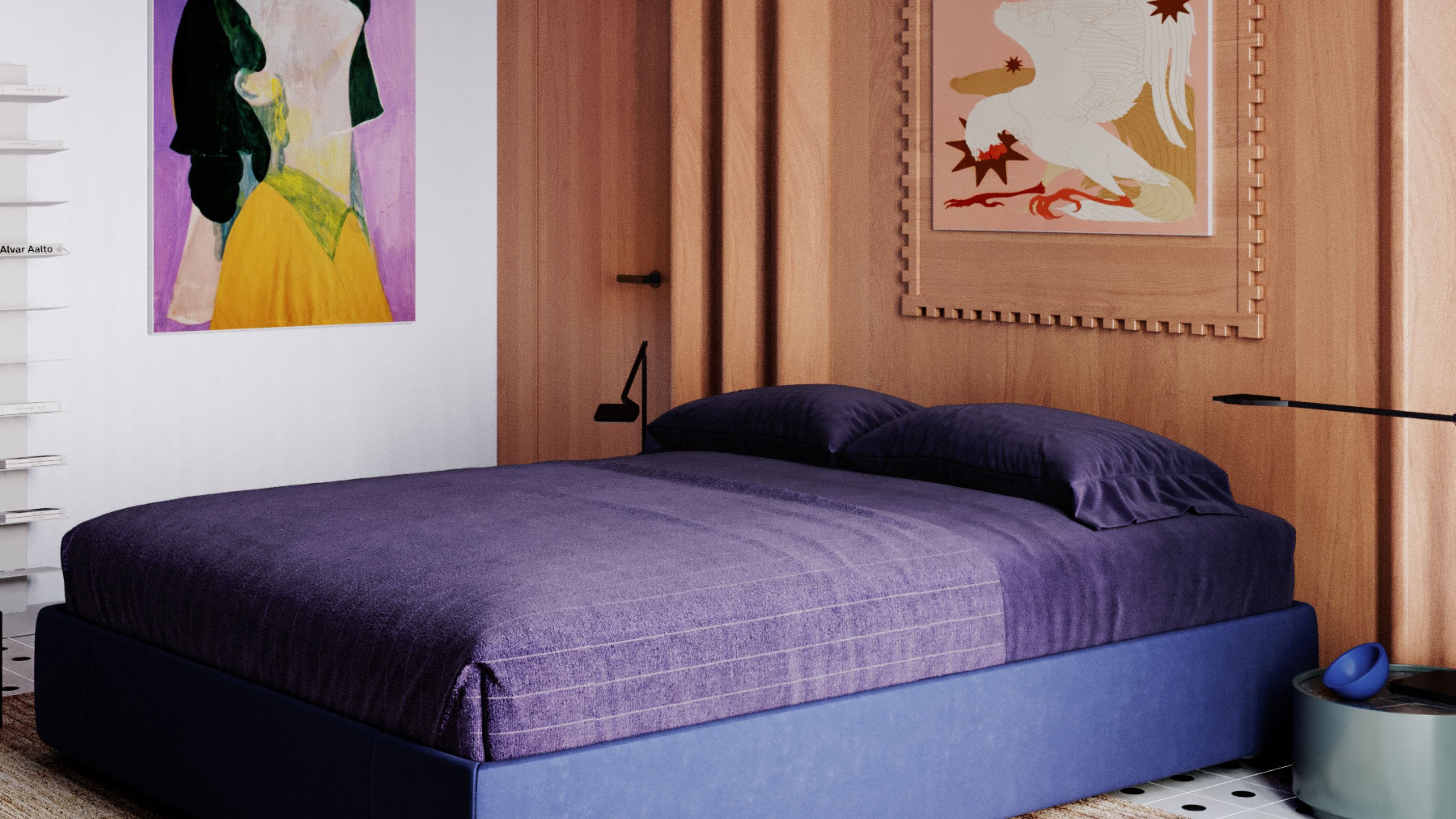 It's a Color Symbolic of Dreams, so These Purple Bedroom Ideas Almost Guarantee a Good Night's Sleep, Right?
It's a Color Symbolic of Dreams, so These Purple Bedroom Ideas Almost Guarantee a Good Night's Sleep, Right?Not always an obvious choice for the bedroom, these designs prove that purple has restful and calming qualities, making it perfect for the bedroom
By Oonagh Turner
-
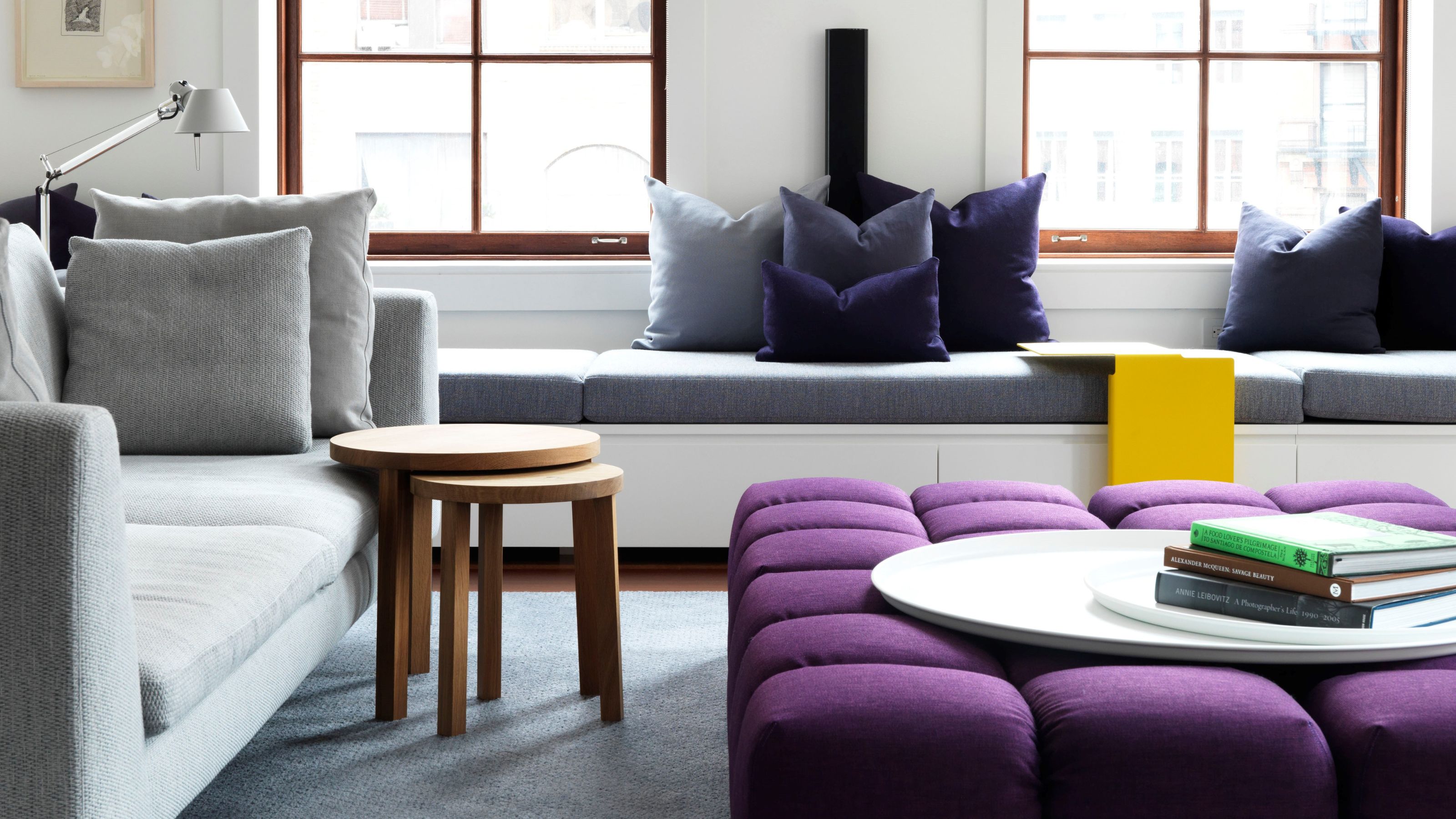 Amethyst, Heather, Pansy, Plum — Turns Out Decorating With Purple Opens You Up to a World of Possibilities
Amethyst, Heather, Pansy, Plum — Turns Out Decorating With Purple Opens You Up to a World of PossibilitiesPurple certainly isn't a color for the faint hearted, it's a shade that can smell your fear. Here's how to conquer it through your interiors
By Amy Moorea Wong
-
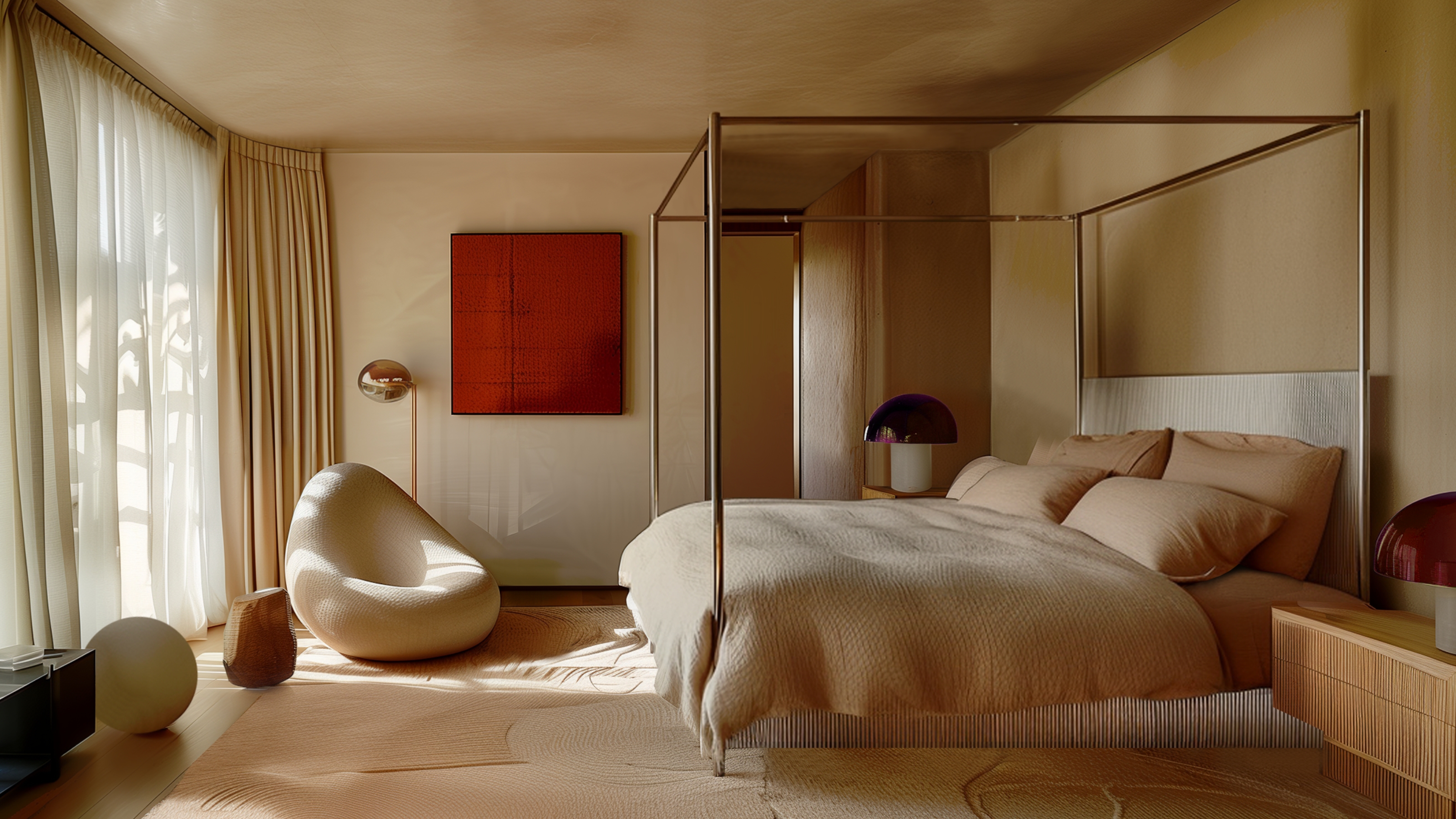 I'm Calling It — Chrome Decor Is the Most Influential Design Trend of 2025 for Rooms That Feel Effortlessly Cool
I'm Calling It — Chrome Decor Is the Most Influential Design Trend of 2025 for Rooms That Feel Effortlessly CoolHave you been eyeing a chrome candle holder or side table to complete your room's look? This is your sign to embrace the shiny, chic material
By Olivia Wolfe
